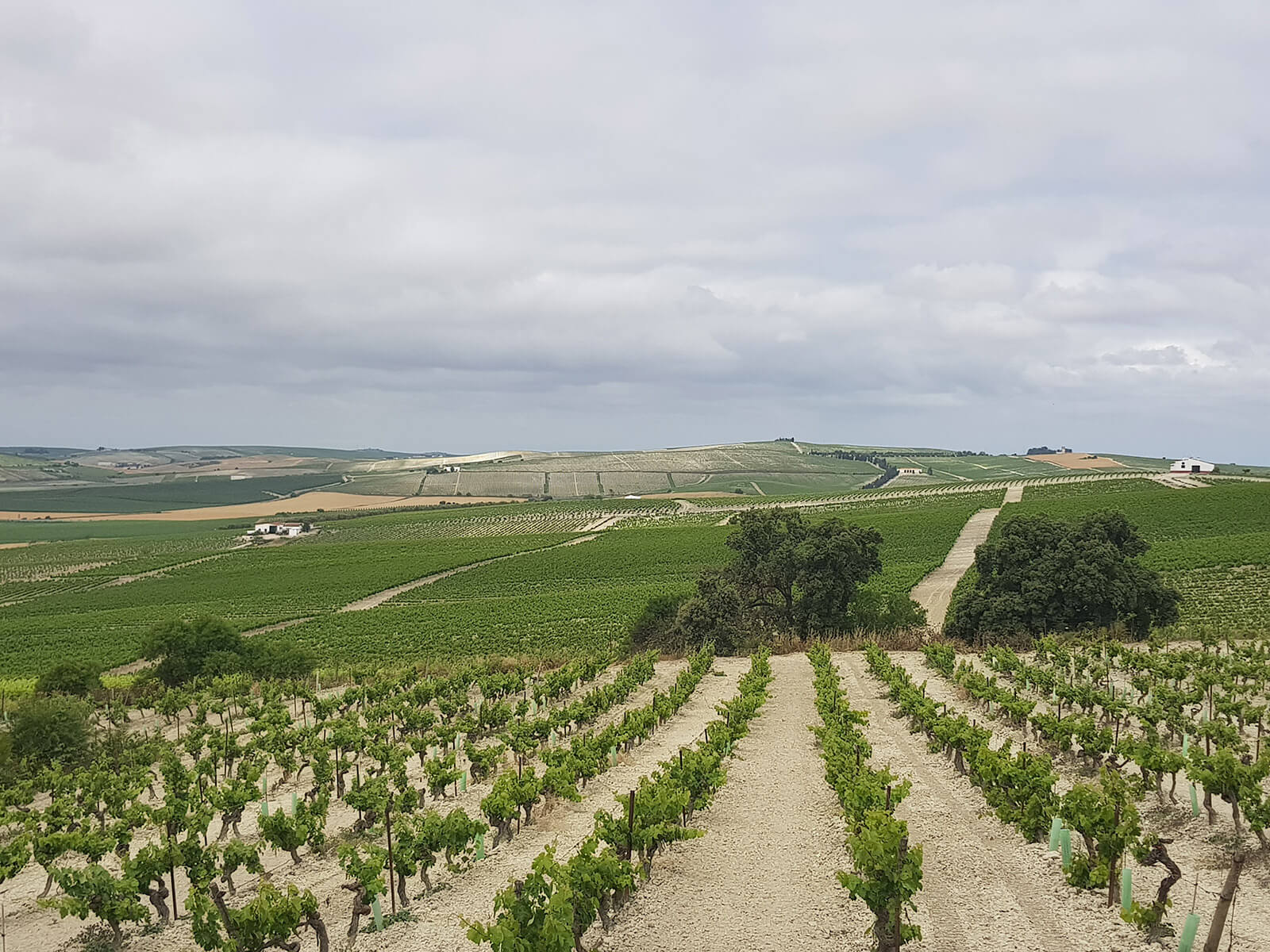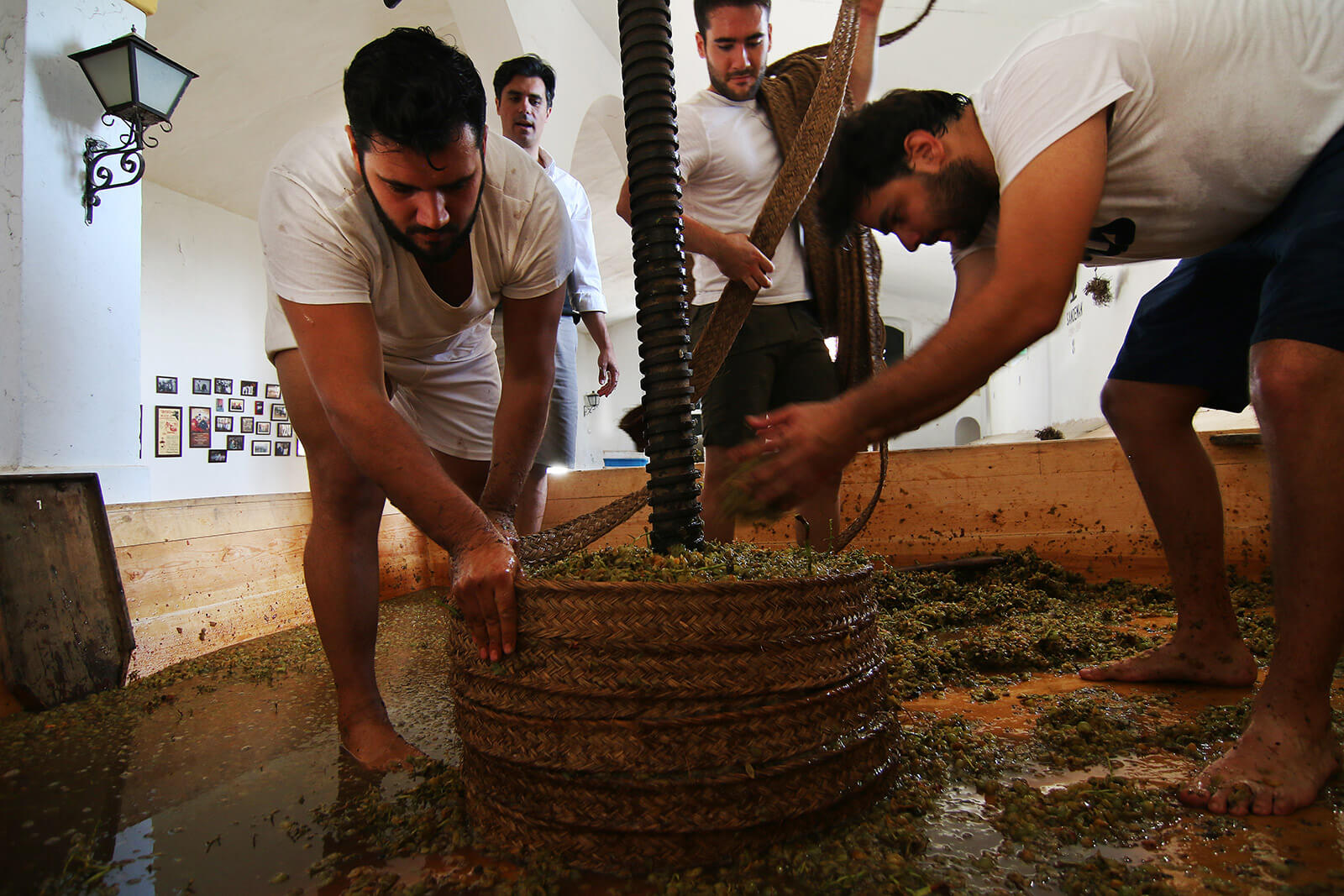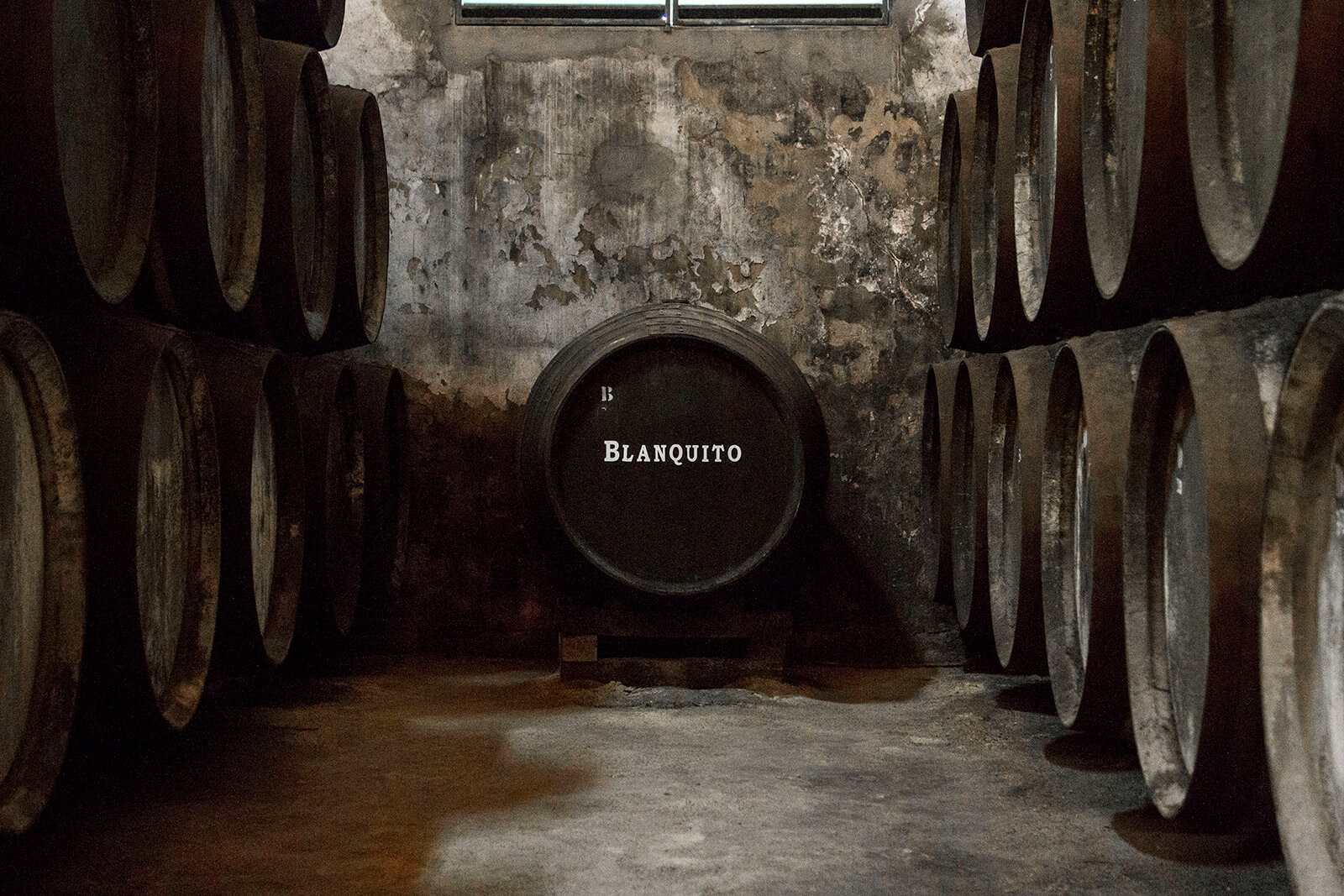Credits: Article and images by Ken Gargett @ Quill & Pad. See the original article here - https://quillandpad.com/2024/10/12/primer-on-the-most-divisive-of-all-wines-sherry-2/
—————————————————————————————————–
Sherry, a divisive wine?
Sherry is perhaps the most divisive of all wines, a real love-it-or-hate-it drink. I am in the “love-it” camp. I would also suggest that as well as the most divisive, sherry is the most versatile of all wines, ranging from the most bone dry, refreshing style to dense, treacle-like sweet wines that are beyond hedonistic.
We looked at the efforts of Equipo Navazos with one of its very rare spirits not so long ago – see La Bota 65 Ron ‘Bota NO’ – but it is, of course, sherry for which the firm has established an international reputation at the very highest level, not rum. A thrilling producer.
Now I fully understand if half the potential readers have already switched off and gone elsewhere. For some sherry will never appeal, and fair enough. Others know how good it can be. If you are not sure, please, give it a try.
How sherry is made
First, it helps enormously to learn a little. Not all sherries are equal, and the exciting and innovative bottlings we are now seeing from Jerez are as far from the dusty bottle of sherry your great aunt kept in the medicine cabinet as is possible.
The name “sherry” is basically the English version of “Jerez,” the main town in what is known as the sherry triangle in southwest Spain. The region has changed hands numerous times – Huns, Moors, Brits, Romans, and Ottomans have all left their mark in various ways, through occupation or otherwise.

El Corregidor vineyard, Spain
The relevant towns are Jerez, Sanlucar, and Cadiz, and the vineyards surrounding them provide the grapes – Palomino (by far the most important variety), Pedro Ximénez, and Muscat of Alexandria – for the various styles.

Pressing grapes for sherry
But first, there will be years of barrel maturation (large, old barrels usually called butts) in a solera system, followed by fortification with neutral grape spirit to between 15 and 20 percent. Each “set” of barrels in the solera is called a “criadera.” A criadera may have a handful of barrels or it could extend to thousands.

Barrels of sherry in a solera
When it comes time for bottling, the sherry will be drawn from the oldest barrels. This will then be replaced by material from the next oldest barrels. They in turn receive a top-up from the next oldest and so on, back to the youngest, which will then be topped up by new material. And so it goes, each year.
A basic solera has three to five criaderas, while a more complex one could have three times that. The youngest level is refilled every new harvest, keeping freshness, while the age of the older barrels ensures complexity.
The barrels are only filled to around five-sixths full. This is crucial, giving the sherry its character. The flor yeast, which grows across the surface of the liquid, feeds on oxygen to provide the fino/manzanilla styles.
—————————————————————————————————–
Credits: Article and images by Ken Gargett @ Quill & Pad. See the original article here - https://quillandpad.com/2024/10/12/primer-on-the-most-divisive-of-all-wines-sherry-2/









